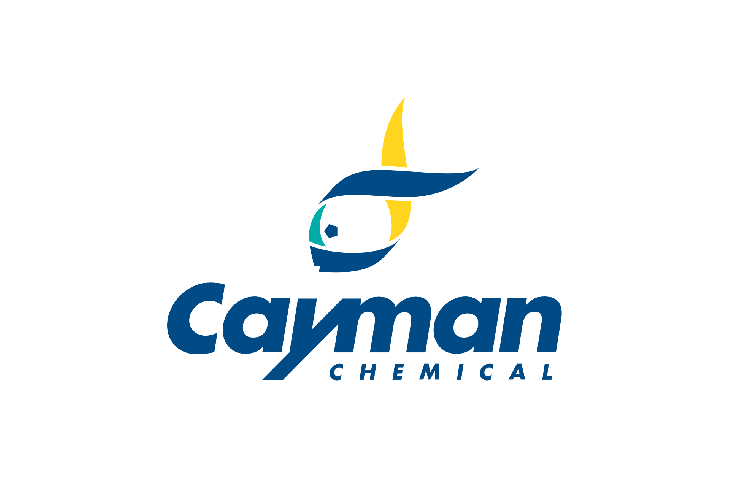-
Research area
- Biochemicals
- Blood and Biospecimens
- Cell biology
- Environmental
- Flow Cytometry
- Forensic Science
- Genomics
- Immunology
- Labware
- Microbiology
- Pathology
- Transplantation
429 Too Many Requests 429 Too Many Requests
nginx - Suppliers
- About us
- Resources
- Events
- Support
- Lab Services
- Promotions
Product description
To be used in conjunction with Cayman’s S1P1 Polyclonal Antibody (Item No. 10005228) to block protein-antibody complex formation during immunochemical analysis of S1P1. Sphingosine-1-phosphate (S1P) exerts its activity by binding to five distinct G-protein-coupled receptors, S1P1/EDG-1, S1P2/EDG-5, S1P3/EDG-3, S1P4/EDG-6, and S1P5/EDG-8.{11895,12477} S1P1 primarily couples with pertussis toxin-sensitive Gi/o proteins to mediate S1P-induced cell proliferation, survival, migration, cytoskeletal organization, and morphogenesis.{11895,12477,10628} Expression of S1P1 is abundant in embryological vasculature and ubiquitous in adult cells, suggesting diverse physiological functions of this receptor.{12477} The human and murine S1P1 have 382 amino acids with an estimated molecular weight of 43 kDa. Glycosylation at the N-terminal extracellular domain may cause the protein to migrate at higher position in SDS-PAGE.{12476} Cayman’s S1P1 Polyclonal Antibody detects the receptor at 47 kDa in western blot. The antibody can also be used in immunostaining to study expression patterns of this protein.
Specifications
Supplier
Cayman Chemical
Shipping & storage
Shipping condition
Dry Ice
Storage temperature
-20°C
Do you have any questions about this product?
Order your product by email
Productname
S1P1 Blocking Peptide
10006616-1
By filling out this form, you are placing an order by e-mail. You will receive an order confirmation within one working day. The order cannot be modified after receipt of the order confirmation.
Request a sample
Productname
S1P1 Blocking Peptide
10006616-1
By filling out this form, you request a sample. You will receive an order confirmation within one working day. The order cannot be modified after receipt of the order confirmation.
Are you looking for specific products, alternatives or documentation?











